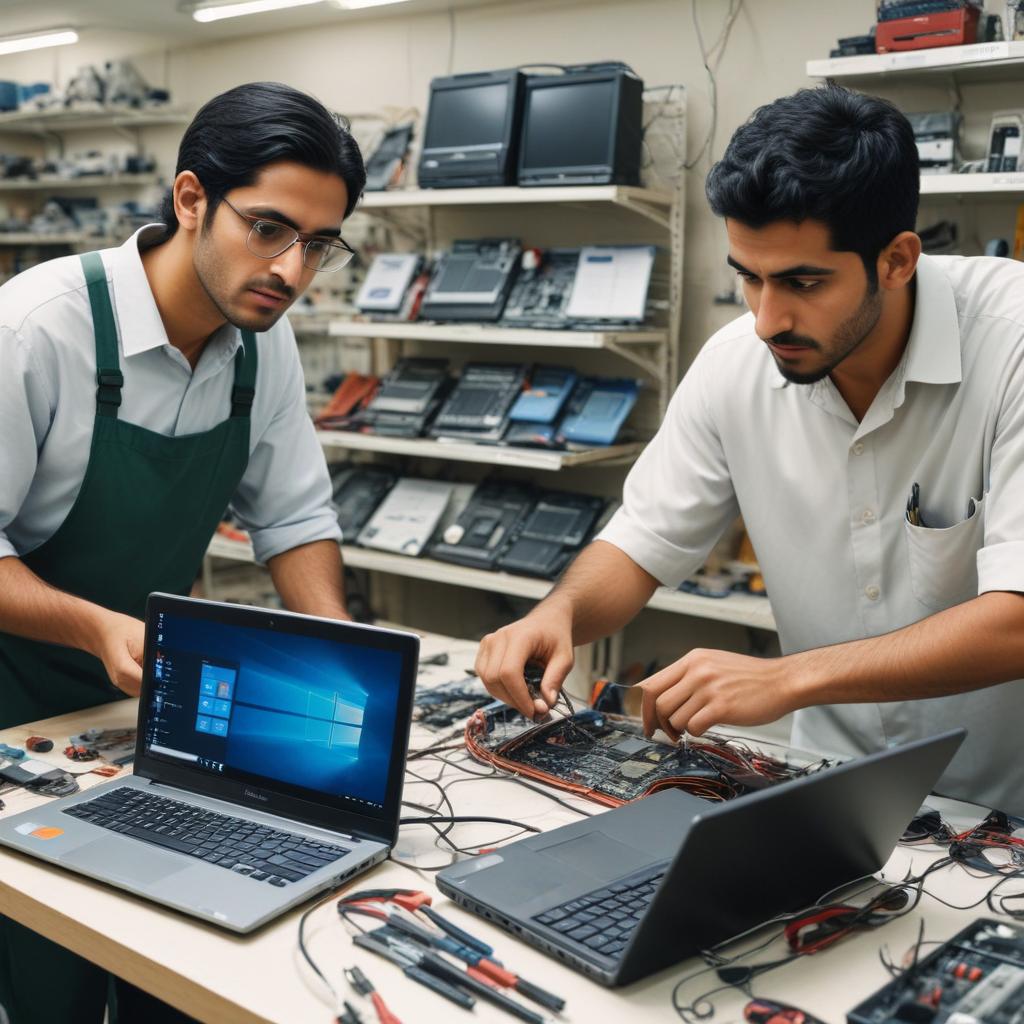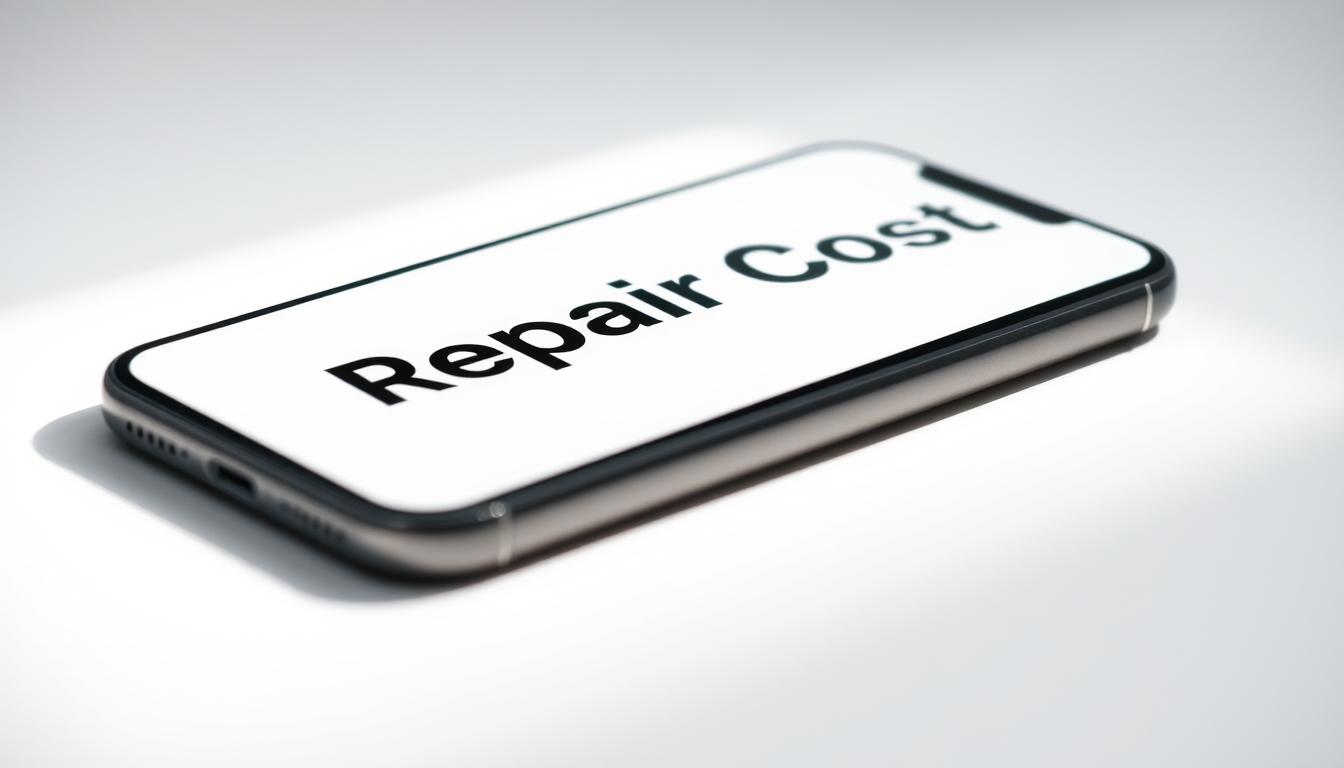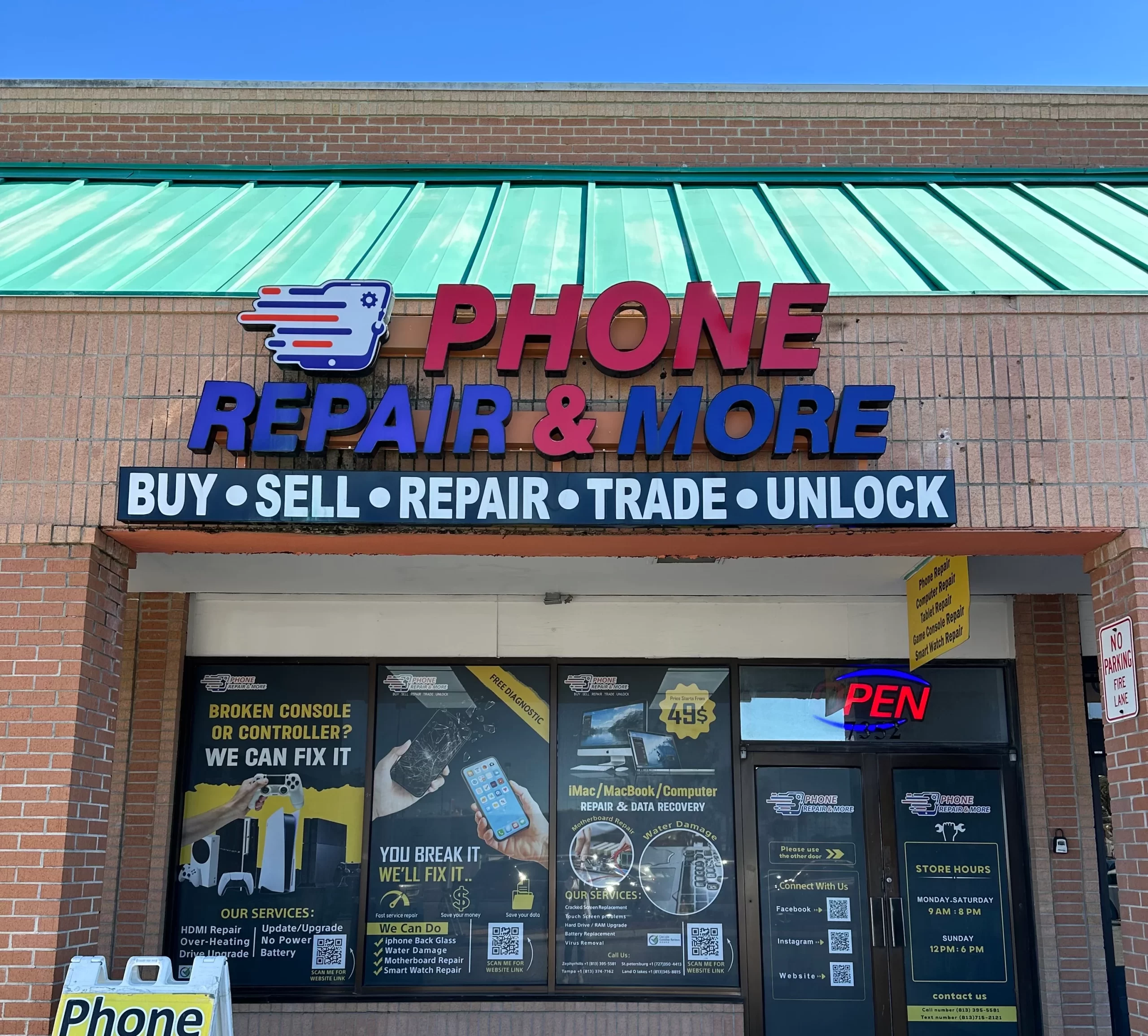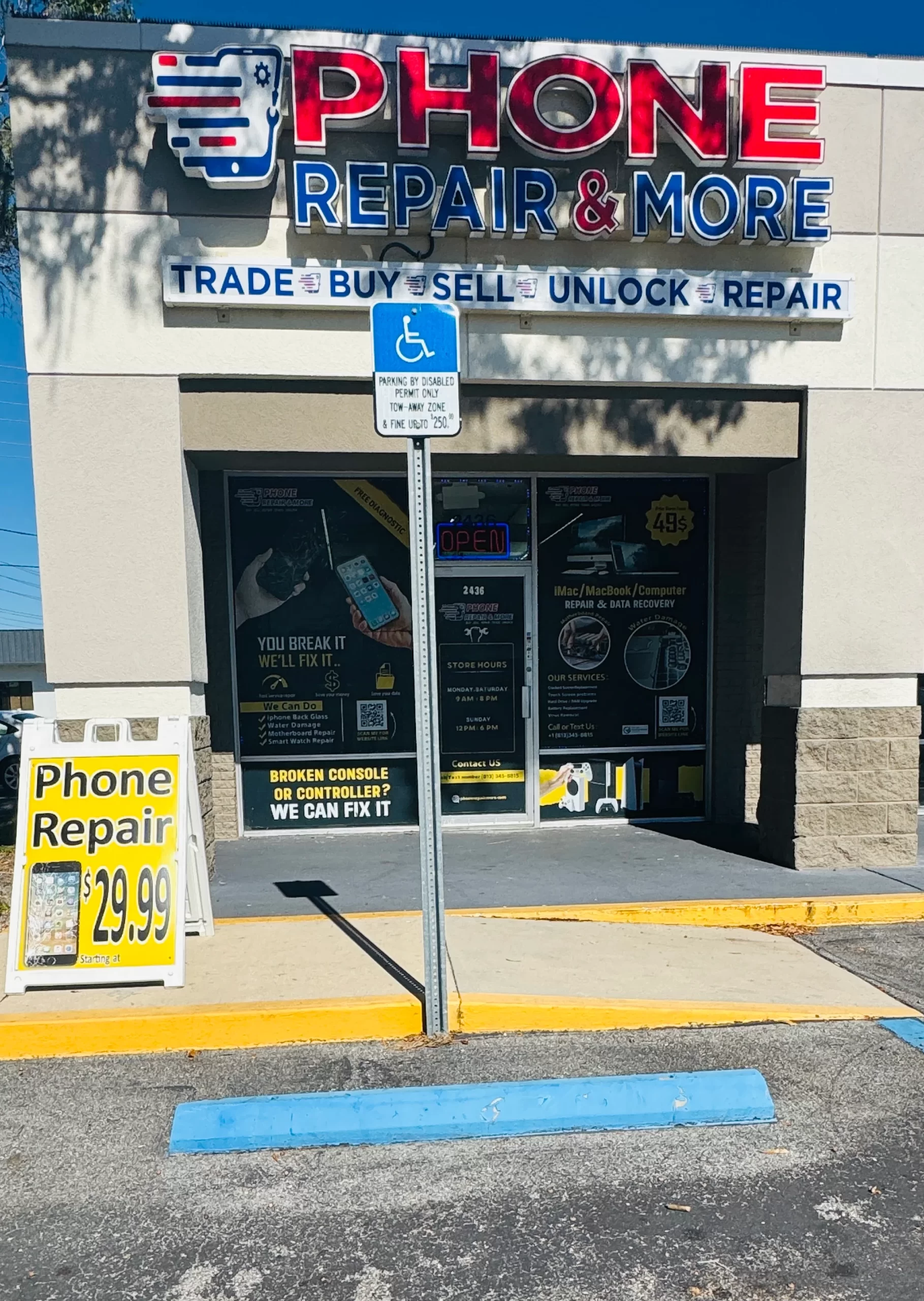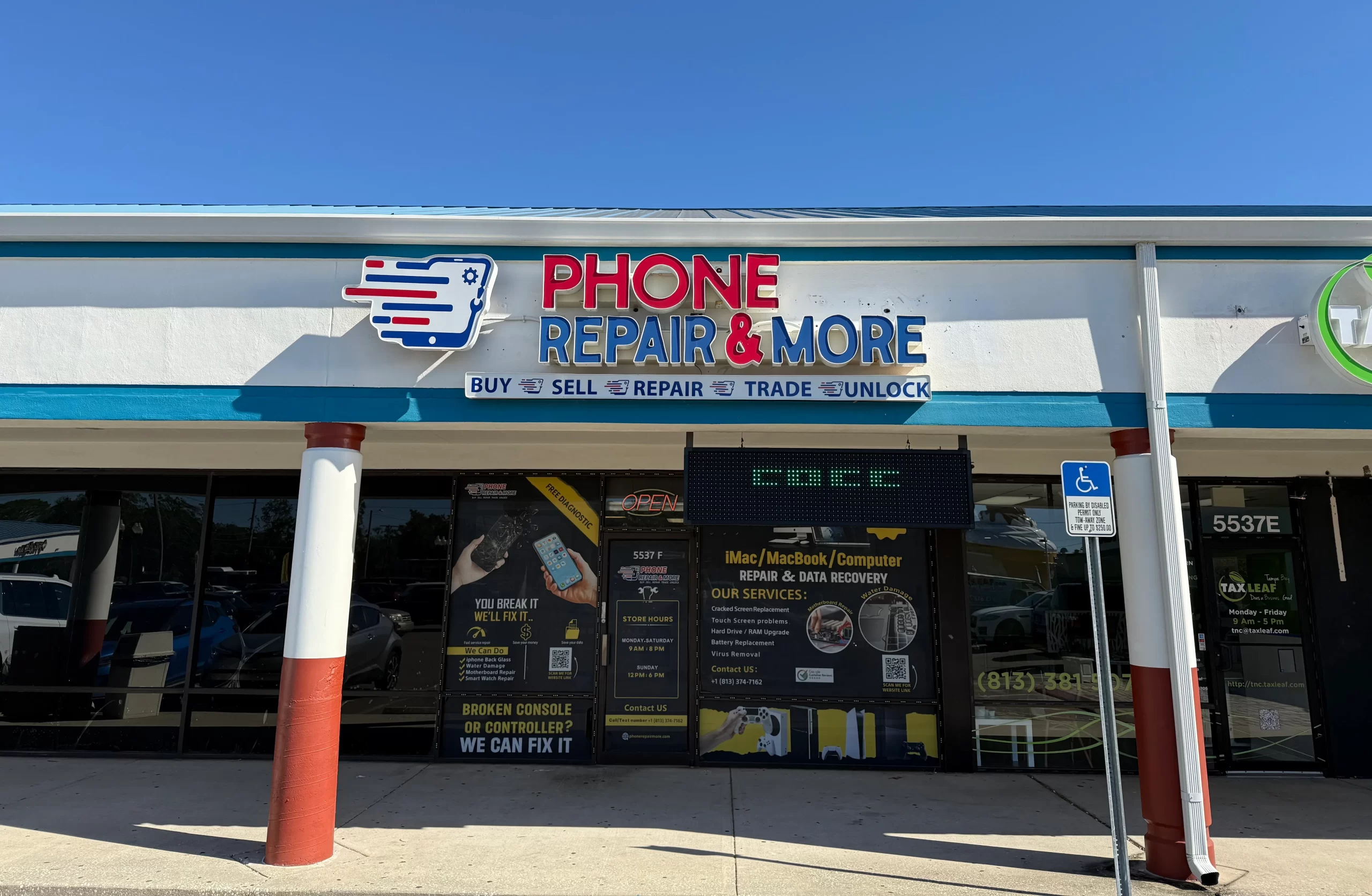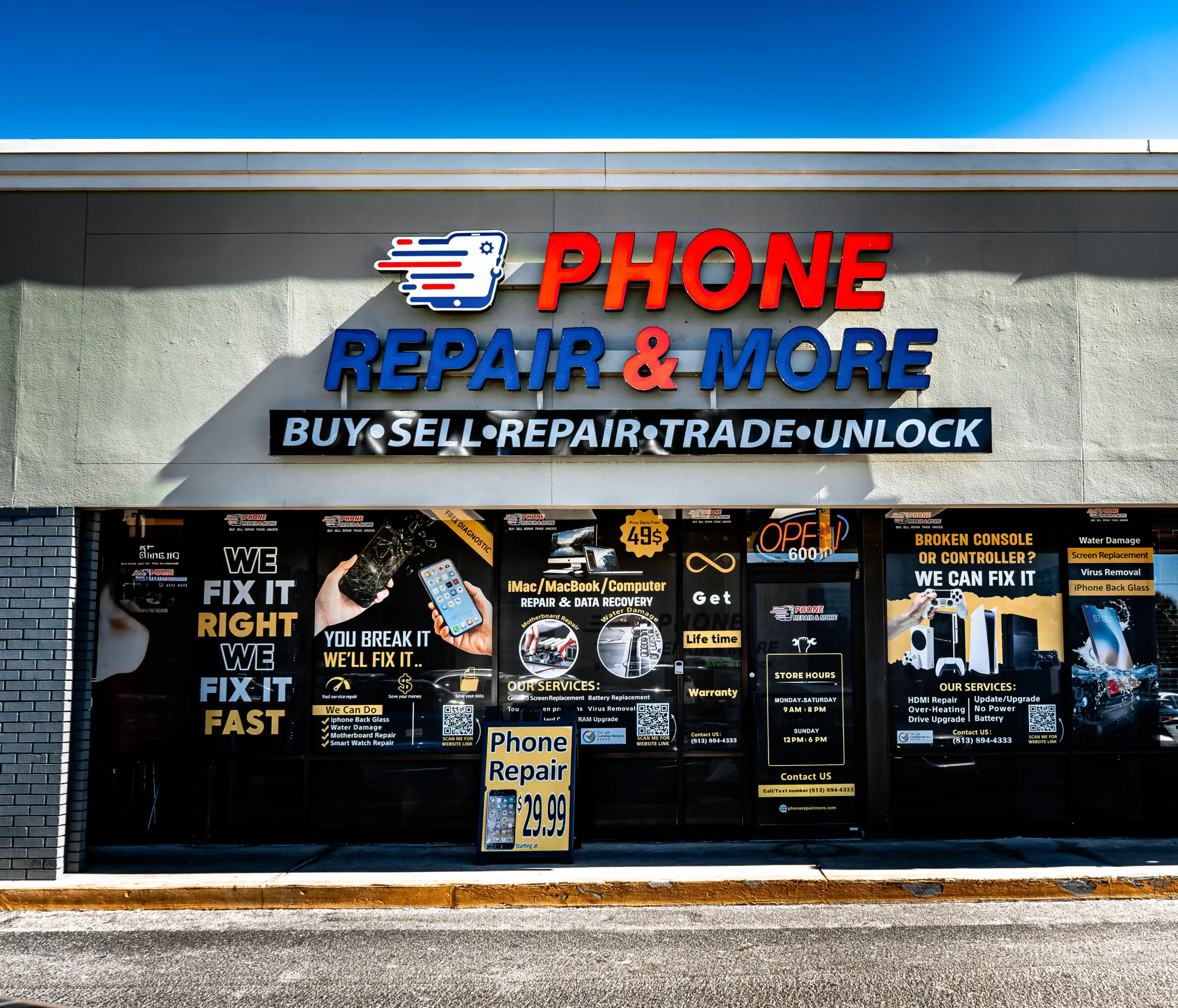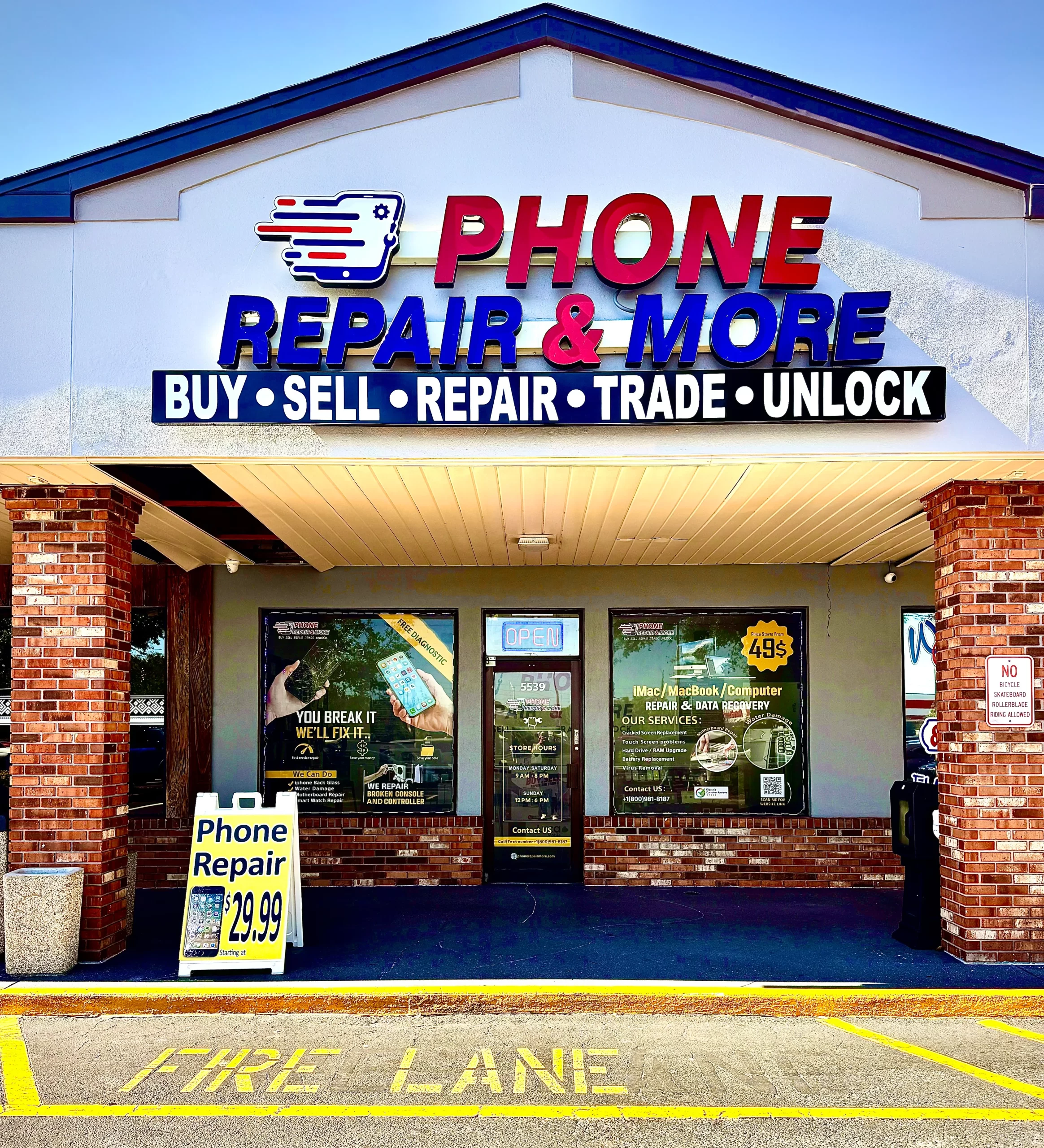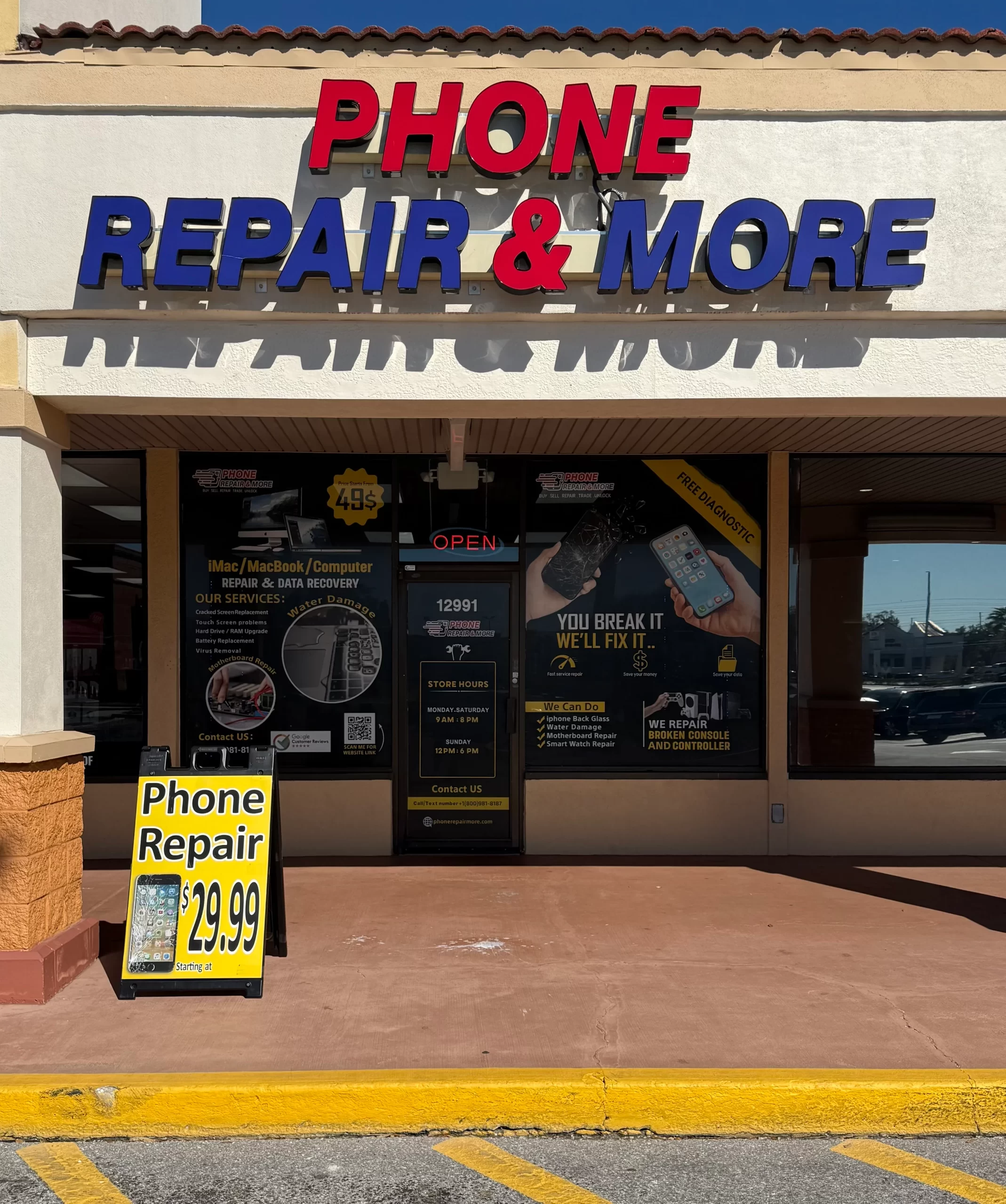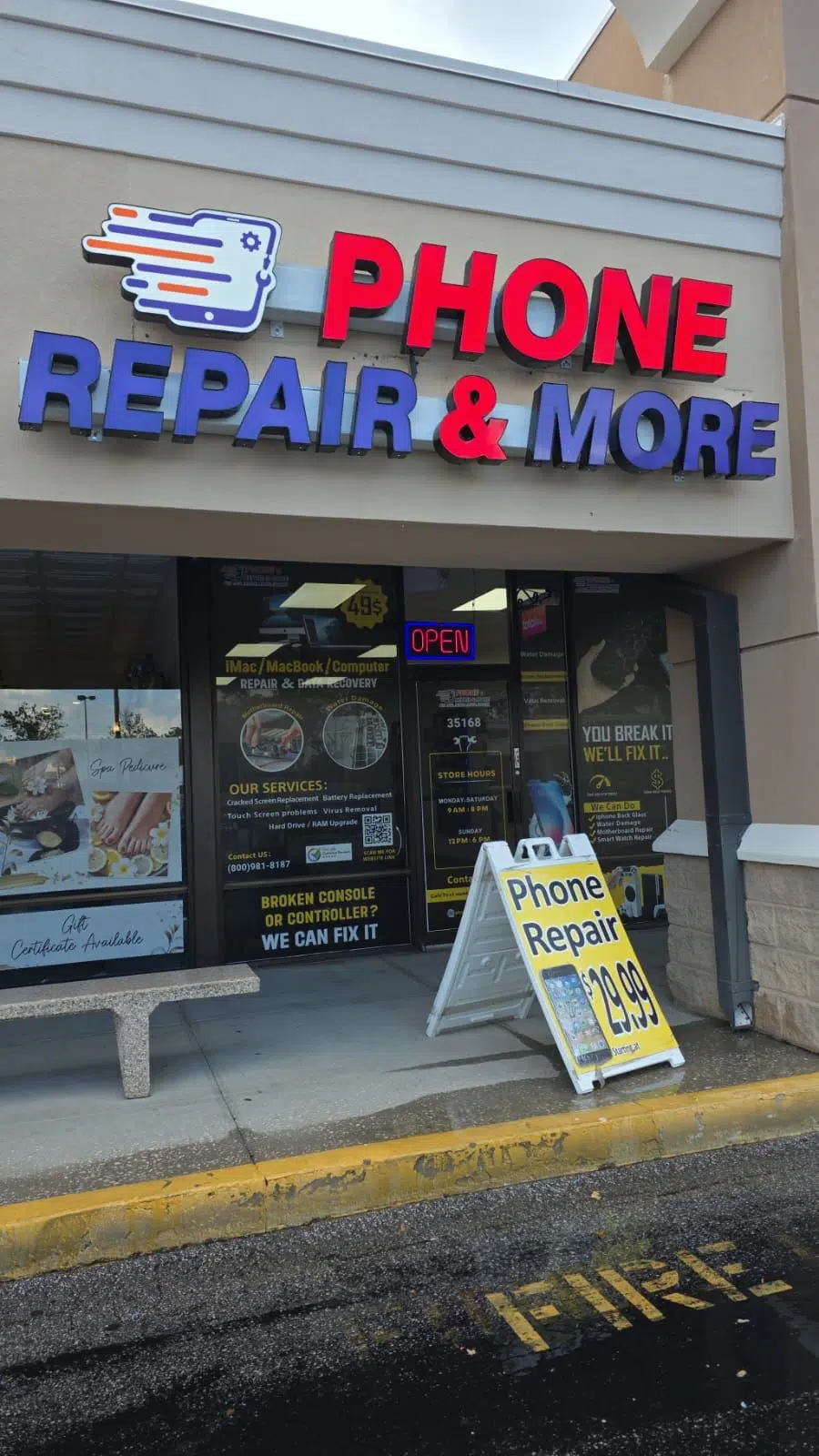Introduction
Personal computers (PCs) are essential tools in our daily lives, serving purposes from work and education to entertainment and communication. However, like any complex device, PCs can encounter various issues over time. A common question that arises is, “Can a PC be repaired?” The answer is generally yes, but the specifics depend on the type of issue, the age of the PC, and available repair options. This article delves into common PC problems, repair solutions, costs, and factors to consider when deciding whether to repair or replace a PC.
Table Of Contents
- Common PC Issues
- Repair Options for PCs
- Cost and Time Considerations
- Deciding Between Repair and Replacement
- Frequently Asked Questions (FAQs)
- Conclusion
Common PC Issues
PCs can experience a range of problems, often categorized into hardware failures, software issues, and external damage.
Hardware Failures
Common hardware issues include malfunctioning hard drives, faulty power supplies, overheating components, and failing RAM. These issues can lead to system crashes, slow performance, or even prevent the PC from booting. Addressing hardware problems may require technical skills or professional help.
Readers Also Liked: Are Mac Computers Worth The Money?
Software Problems
Issues such as operating system errors, malware infections, and corrupted files can significantly impact a PC’s performance. These problems might manifest as slowdowns, frequent crashes, or erratic behavior. While some software issues can be resolved with updates or antivirus tools, severe cases may necessitate more comprehensive intervention.
External Damage
Physical damage, such as broken screens, damaged keyboards, or cracked casing, can affect a PC’s functionality and aesthetics. Repairing external damage often involves replacing specific parts, which can be done professionally or, in some cases, by the user.
Repair Options For PCs
When a PC encounters issues, several repair options are available:
Professional Repair Services
Professional services, including authorized service centers and independent repair shops, provide expert solutions for both hardware and software issues. These services offer the advantage of skilled technicians and access to genuine replacement parts, ensuring a high-quality repair.
DIY Repairs
For technically inclined individuals, DIY repairs can be a cost-effective option. Many components, such as RAM, hard drives, and graphics cards, are designed to be user-replaceable. However, DIY repairs carry risks, including the potential for further damage or voiding warranties if not done correctly.
Manufacturer Support
PCs under warranty can often be repaired through the manufacturer. This option is typically the safest, as manufacturers use original parts and certified technicians. Manufacturer repairs might also include software updates and comprehensive system checks.
Cost And Time Considerations
The cost and time involved in repairing a PC depend on several factors:
Type Of Issue
Hardware repairs, especially those involving critical components like the motherboard, tend to be more expensive and time-consuming than software fixes.
Availability Of Parts
The cost and time required for repairs can be influenced by the availability of replacement parts. For older or less common PC models, parts may be harder to find, leading to delays and increased costs.
Labor Costs
Labor costs vary depending on the repair’s complexity and the service provider’s pricing. While authorized service centers may charge more, they often provide higher quality assurance and warranty compliance.
Deciding Between Repair And Replacement
When faced with significant PC issues, deciding whether to repair or replace the device can be challenging. Key considerations include the PC’s age, the cost of repairs relative to purchasing a new one, and the user’s specific needs. Upgrading to a newer PC with improved specifications might be more beneficial in the long run if the existing one is outdated or the repair costs are too high.
Recommended: How Often Should A Mac Be Replaced?
Frequently Asked Questions (FAQs)
What Should I Do If My PC Won’t Start?
Start with basic troubleshooting, such as checking power connections and peripherals. If the problem persists, it may be necessary to consult a professional for diagnosis and repair.
Is It Worth Repairing An Older PC?
This depends on the cost of the repair versus the cost of a new PC. If the repair costs are close to or exceed the value of the PC, or if the PC is unable to meet current performance needs, replacing it might be a better option.
How Can I Find A Reliable Repair Service?
Look for service providers with good customer reviews, certifications, and experience with your specific PC brand and model. It’s also helpful to ask for recommendations from trusted sources and to compare quotes from multiple providers.
Conclusion
PCs are generally repairable, and various options exist depending on the nature of the problem and user preferences. Understanding common issues, available repair options, and cost considerations can help users make informed decisions. Regular maintenance and timely repairs can extend the life of a PC, ensuring it remains a valuable tool for years to come. Whether opting for professional repairs, DIY solutions, or considering a replacement, careful evaluation of the situation will lead to the best outcome for your specific needs.

